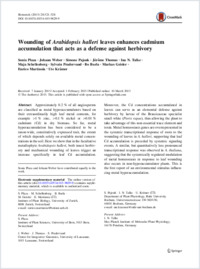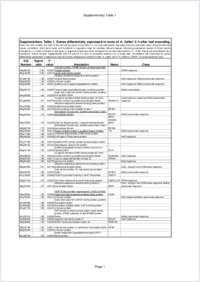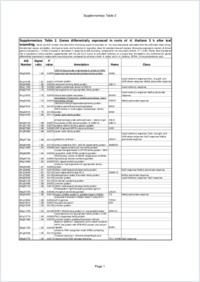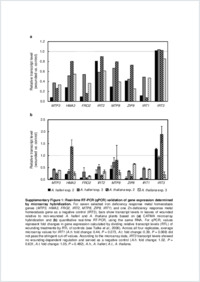Wounding of Arabidopsis halleri leaves enhances cadmium accumulation that acts as a defense against herbivory
- Plaza, Sonia Institute of Plant Biology, University of Zurich, Switzerland - Institute of Plant Sciences, University of Bern, Switzerland
- Weber, Johann Center for Integrative Genomics, University of Lausanne, Switzerland
- Pajonk, Simone Department of Plant Physiology, Ruhr University Bochum, Germany
- Thomas, Jérôme Center for Integrative Genomics, University of Lausanne, Switzerland
- Talke, Ina N. Department of Plant Physiology, Ruhr University Bochum, Germany - Max Planck Institute of Molecular Plant Physiology, Germany
- Schellenberg, Maja Institute of Plant Biology, University of Zurich, Switzerland
- Pradervand, Sylvain Center for Integrative Genomics, University of Lausanne, Switzerland
- Burla, Bo Institute of Plant Biology, University of Zurich, Switzerland - University Hospital Zurich, University of Zurich, Switzerland
- Geisler, Markus Institute of Plant Biology, University of Zurich, Switzerland - Department of Biology, University of Fribourg, Switzerland
- Martinoia, Enrico Institute of Plant Biology, University of Zurich, Switzerland
- Krämer, Ute Department of Plant Physiology, Ruhr University Bochum, Germany
-
10.03.2015
Published in:
- BioMetals. - 2015, vol. 28, no. 3, p. 521–528
English
Approximately 0.2 % of all angiosperms are classified as metal hyperaccumulators based on their extraordinarily high leaf metal contents, for example >1 % zinc, >0.1 % nickel or >0.01 % cadmium (Cd) in dry biomass. So far, metal hyperaccumulation has been considered to be a taxon-wide, constitutively expressed trait, the extent of which depends solely on available metal concentrations in the soil. Here we show that in the facultative metallophyte Arabidopsis halleri, both insect herbivory and mechanical wounding of leaves trigger an increase specifically in leaf Cd accumulation. Moreover, the Cd concentrations accumulated in leaves can serve as an elemental defense against herbivory by larvae of the Brassicaceae specialist small white (Pieris rapae), thus allowing the plant to take advantage of this non-essential trace element and toxin. Metal homeostasis genes are overrepresented in the systemic transcriptional response of roots to the wounding of leaves in A. halleri, supporting that leaf Cd accumulation is preceded by systemic signaling events. A similar, but quantitatively less pronounced transcriptional response was observed in A. thaliana, suggesting that the systemically regulated modulation of metal homeostasis in response to leaf wounding also occurs in non-hyperaccumulator plants. This is the first report of an environmental stimulus influencing metal hyperaccumulation.
- Faculty
- Faculté des sciences et de médecine
- Department
- Département de Biologie
- Language
-
- English
- Classification
- Biological sciences
- License
-
License undefined
- Identifiers
-
- RERO DOC 255629
- DOI 10.1007/s10534-015-9829-9
- Persistent URL
- https://folia.unifr.ch/unifr/documents/304319
Other files
Statistics
Document views: 114
File downloads:
- pdf: 155
- Supplementary material: 143
- Supplementary material: 120
- Supplementary material: 115



